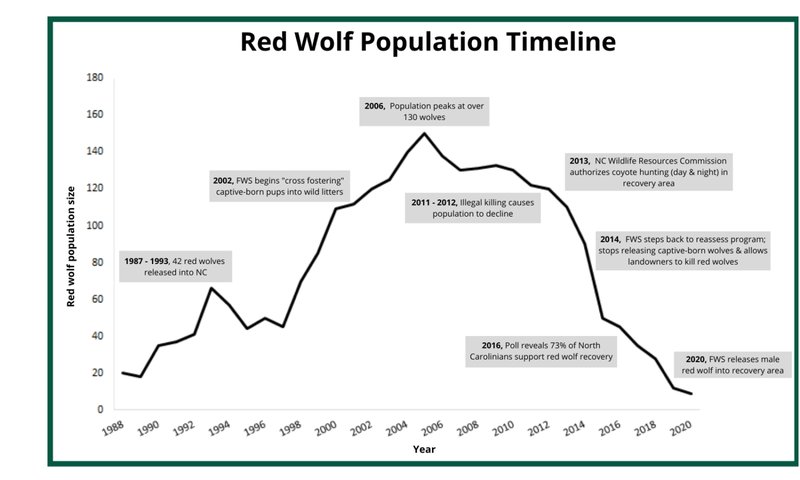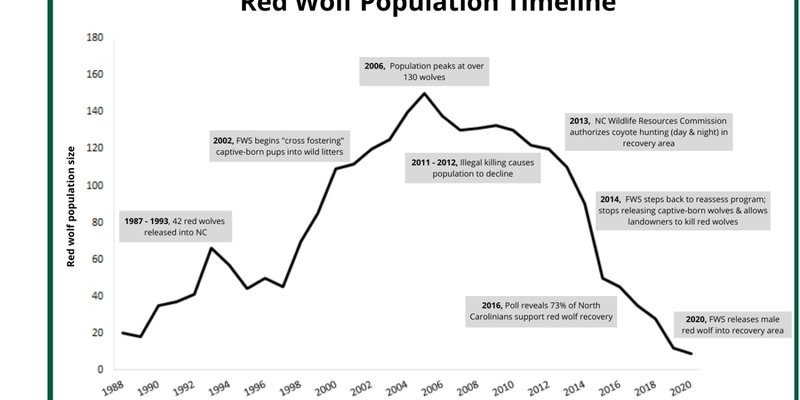
So, what exactly are wolf worms, and why should we care about how they impact rodent populations? Well, wolf worms (also known as *Cuterebra*) are the larvae of specific flies that find their way into the bodies of small mammals. This relationship can sneakily alter the balance of rodent communities, affecting not just the rodents themselves but also the ecosystems they inhabit. Let’s dive deeper into the world of wolf worms and explore their connection with rodent population dynamics, shedding light on how these interactions shape the greater environmental landscape.
What Are Wolf Worms?
Wolf worms are intriguing creatures—part of a fascinating process that starts with adult flies laying eggs near burrows or nests of small mammals. Once the eggs hatch, the larvae make their way into the host, often entering through bodily openings. You might be wondering, how does a simple worm have such an impact? Well, as these larvae grow inside their hosts, they can cause a range of health issues. Some might even result in the host’s death—a drastic outcome that affects the local rodent population.
These larvae are quite unique, resembling small grubs. They normally develop within the host before eventually emerging to pupate in the environment. While this might sound disturbing, it’s nature’s way of keeping things in balance. By reducing numbers of certain rodent species, wolf worms help manage the population and can indirectly benefit the ecosystem by preventing overpopulation, which can lead to habitat degradation.
The Role of Rodents in Ecosystems
Rodents might seem small and simple, but they serve crucial roles in ecosystems. You can think of them as nature’s busy workers, digging tunnels, aerating the soil, and providing food for predators higher up on the food chain. Their burrowing habits create homes for other smaller animals and help disperse seeds, contributing to plant diversity.
However, when rodent populations boom, they can cause significant problems. They might eat too much of the vegetation, leading to overgrazing that affects not just plants but also larger animals that depend on those plants for survival. This is where wolf worms come into play. By keeping rodent numbers in check, they help maintain a healthy ecosystem balance.
The Cycle of Infection and Its Impacts
The cycle of infection between wolf worms and rodents is both fascinating and complex. As the worms develop inside their rodent hosts, they can weaken the animals significantly. You might picture it like a tug-of-war: the rodent is trying to survive while the wolf worm is steadily taking its toll. This can result in diminished populations of certain rodent species, allowing other animals and plants to thrive.
Interestingly, not all rodents are equally affected. Some species may have a higher susceptibility to wolf worm infection, which can lead to shifts in the population dynamics of various rodent species. For example, if house mice are heavily impacted by these parasites, it might create opportunities for other rodents, like voles, to become more dominant in the area.
Benefits of Wolf Worms
Although the thought of parasites might make your skin crawl, wolf worms actually have beneficial roles in the ecosystem. By helping control rodent populations, they can aid in maintaining biodiversity. When one species thrives excessively, it can lead to a cascade of negative effects on the environment. Wolf worms help prevent such scenarios.
Additionally, the larvae of wolf worms are thought to contribute to nutrient cycling when they die and decompose. They enrich the soil, supporting the growth of plants that other animals depend on. In this way, even parasites can play a vital role in the intricate web of life.
Rodents Adapting to Wolf Worms
Just like any other species, rodents have a knack for adapting to challenges. Over time, some rodents might evolve ways to defend themselves against wolf worm infections. This could involve changes in behavior, such as altering nesting habits to avoid laying in areas where wolf worms are prevalent.
For instance, you might see rodents digging deeper burrows or becoming more cautious about their surroundings. This ongoing dance between predators and prey is a captivating aspect of nature. As rodent populations adjust to the presence of wolf worms, the ripple effects can lead to shifts in the entire ecosystem.
Research and Conservation Efforts
Understanding the dynamics between wolf worms and rodent populations is crucial for conservation efforts. Researchers are studying these interactions to learn how they can inform management strategies for rodent populations. By keeping tabs on parasites like wolf worms, we can gain insight into the health of rodent communities and, by extension, the ecosystems they inhabit.
Moreover, conservationists are often faced with a delicate balance. While controlling rodent populations might seem necessary, they also have to keep in mind the role of parasites in maintaining ecosystem health. It’s a complex puzzle, and ongoing research into wolf worms can offer important clues about maintaining that balance.
The relationship between wolf worms and rodent populations showcases the intricate balance of nature. From the fascinating life cycle of the wolf worm to the critical role of rodents in their ecosystems, every piece plays a part in the greater picture. So next time you encounter a mouse or hear about a worm, remember the story unfolding beneath the surface. These interactions are not just about survival; they shape the world around us in surprising ways and remind us of the complexity of life. Embracing this knowledge allows us to appreciate the essential connections that sustain our ecosystems. It’s a reminder that sometimes even the smallest creatures, like wolf worms, can exert significant influence over the world we share.

